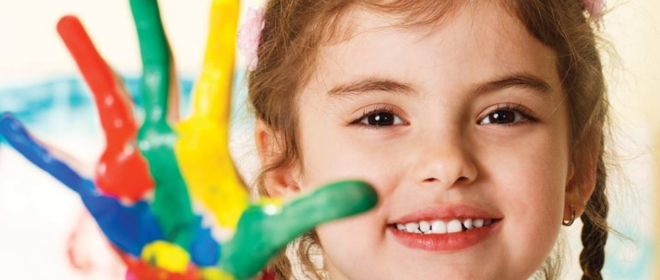Autism is a disorder that has a spectrum. There is a great deal of variability in the manner it impacts children. Each child in the Spectrum is one of a kind. They have their own distinctive symptoms, challenges, and unique abilities. The first step in understanding your child’s Autism is to distinguish it from the rest of the spectrum. By the end of this post, you will be able to understand Autism Spectrum on a simpler level and aid you in giving the proper Autism Treatment for your child.
Discerning The Autism Spectrum Disorders
No two children have the exact same autism profile and specific behaviors change as they develop as adults. Autism is a term used to describe the many conditions in the spectrum of autism. Between the Autism Spectrum Disorders here are the main distinguishing characteristics:
The age of the child when the symptoms begin
Age varies in the occurrence of symptoms in each child. Some are seen as early as infancy.
The amount, type and the significance of the child’s symptom
Different children may share the same type of symptoms but the manner it manifests may vary from child to child.
The Functionality of the Child, Speech, and Language
Some cases of Autism may be severe that it gets in the way of the child’s development.
The level of their disability in social behavior and understanding
Basic social interaction can be different for each child with autism spectrum disorder.
3 Common Kinds of Autism Spectrum Disorders
Classic Autism
Referred to as simply Autism is the most recognized out of autism spectrum disorders. It is distinguished by three main symptoms.
- Problems in Social Interaction
- Difficulty in both verbal and non-verbal communication
- Repetitive words or actions ( like scratching of the head or clenching of the fist)
Children with Classic Autism are selective of their interests and develop a few which they become obsessively interested in. They are often withdrawn, not show emotions, and avoid social situations.
Pervasive Developmental Disorder – Not Otherwise Specified (PDD-NOS)
Some Children do not fulfill all the requirements for Autism, but they do show some of the symptoms, they are classified as having PDD-NOS or Pervasive Developmental Disorder- Not Otherwise Specified. Children with PDD-NOS may not have every symptom that most children with autism do but their symptoms may manifest more severely than others.
Asperger Syndrome
Also known as Asperger’s, this type of ASD is considered to be the least severe of the Autism Spectrum Disorders. A defining quality of children having Asperger’s is their good verbal communication skills. They exhibit a wide vocabulary and use of correct grammar.
However, it is a challenge for them to comprehend and respond to body language appropriately. Children with Asperger’s are at risk of overstimulation of the senses like a noisy environment or extremely lit areas. Perhaps the most distinguishing attribute of Asperger’s is the obsession with a particular thing or a field of interest.
Diagnosis
Getting a diagnosis for Autism can be beneficial for you and your child. It can be a way of explaining why your child is different from others and in understanding why they act the way they do. It also opens the door to opportunities for support and proper Autism Treatment. Diagnosis for ASD involves two steps;
- Developmental Screening
- Comprehensive Diagnostic Evaluation
Remember that if your child exhibits symptoms associated with Autism, it does not guarantee that he or she has one. As of 2013, Autism Spectrum Disorder or ASD symptoms fall into two categories;
- Disabilities in communication and interaction
- Repetitive or restricted movements
If you are staying in the United Arab Emirates and have more questions about Autism Spectrum Disorders, we urge you to visit our clinic. We have a team of experts to help you have the right Autism Treatment for your child.


